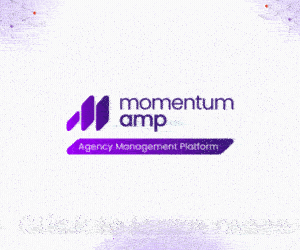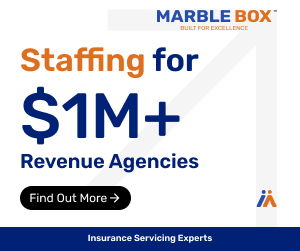By: AgencyEquity.com
How carefully does your agency keep tabs on available markets? One New Jersey agency did not pay close enough attention.
A New Jersey bicyclist was struck and injured by a car insured for only $15,000 for bodily injury liability. The insurer paid the full limit. The injured man resided with his parents; they had a package policy that combined homeowners, auto and personal umbrella coverage. The auto section provided $250,000 underinsured motorist coverage, but the umbrella section provided no such coverage. Their insurer paid him $235,000 (the $250,000 limit less the $15,000 he received from the driver’s insurer.)
However, according to the appellate court’s opinion, “… there is no serious dispute that the compensable value of Daniel’s injuries equals or exceeds $1,250,000.”
He consequently sued the insurer and his parents’ insurance agency. The insurer, he argued, was obligated to provide the extra $1,000,000 coverage because of its coverage summary suggesting that the policy included it. The agency, he said, was negligent in failing to inform his parents that they could have purchased excess UIM insurance. In its response, the agency sought indemnification from the insurer under the contract between the two.
The case against the insurer was dismissed, but the suit against the agency went to trial. The injured man’s father admitted in testimony that the agency had informed him at the time of purchase that the policy did not provide excess UIM coverage, and he was upset about that. However, since he had expressed a desire for that coverage, he expected that the agent would advise him if it ever became available.
The plaintiffs produced as an expert witness a licensed insurance agent who testified that excess UIM insurance was easily accessible before the accident. Both the agency and the expert witness were members of the Big I, which offered to its members access to a personal umbrella policy that provided excess UIM coverage as an option. That coverage could be purchased with a limit up to $1,000,000. As the program had long been available in New Jersey and the agency would have received the Big I’s advertisements, the witness testified that the agency should have known it was available to its clients.
Nevertheless, the trial court dismissed the claims against the agency but also dismissed the agency’s indemnification claim against the insurer. Both the plaintiff and the agency appealed.
The appeals court, relying on the expert witness testimony, ruled that the agency had reason to be aware of the Big I’s umbrella product. Therefore, the burden was on the agency to prove that this particular family did not meet the Big I insurer’s underwriting guidelines. Since that had not happened, the appeals court reinstated the case against the agency.
The court also found that the indemnification agreement between the agency and insurer required that the insurer be partially at fault. Because the insurer had not made an error, the court dismissed the agency’s indemnification claim.
This family had been clients of the agency for 25 years at the time of the accident, giving a court reason to find that they had a special relationship. It sounds like the agency let the insureds’ policy renew unchanged every year, rather than conducting coverage reviews and investigating alternatives. That failure to follow up on advertisements that were undoubtedly in its email in-box cost them.
Every year, changes occur in a household’s insurance needs and in the markets that serve them. The lesson here is that agencies must stay informed of new options and give their clients the chance to take advantage.












